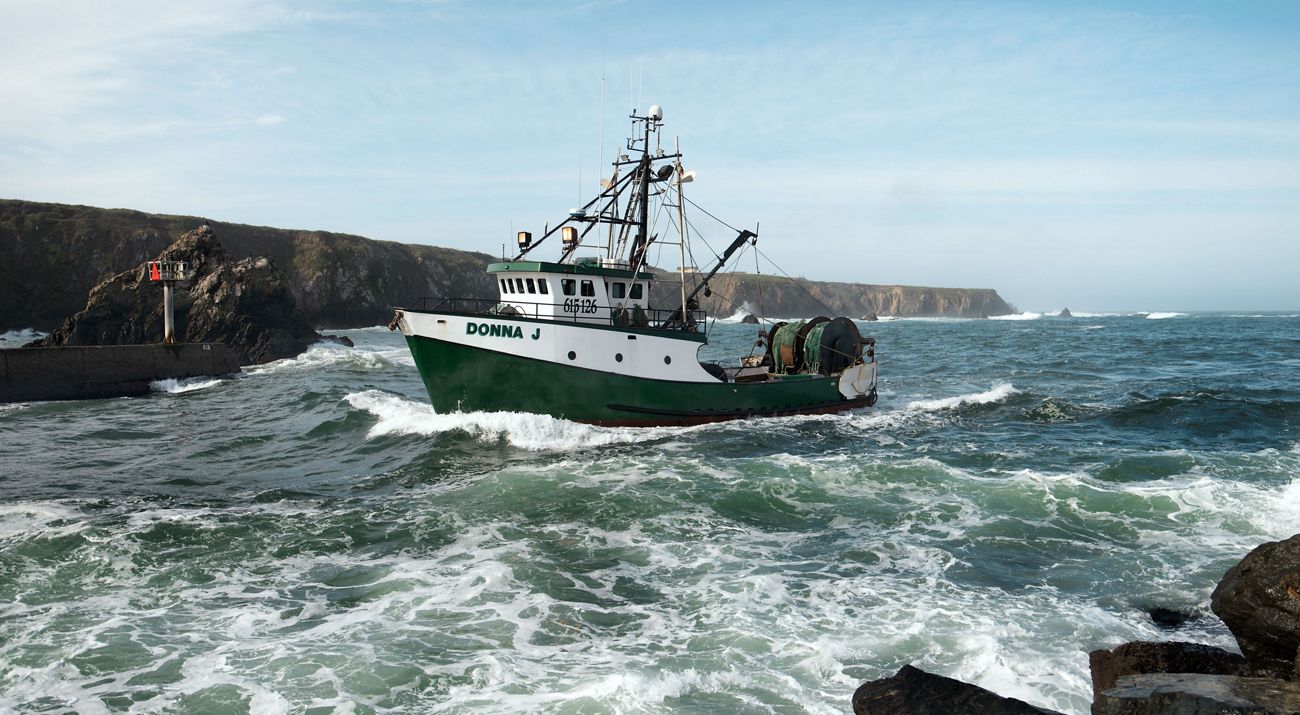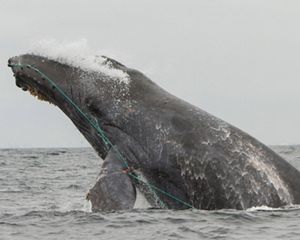Groundfish Comeback Brings to a Close Unprecedented Collaboration Between The Nature Conservancy, Fishermen and California Coastal Communities
The Nature Conservancy re-invests last of its fishing rights into four California fishing communities.
San Francisco, CA
Media Contacts
-
Heather Gately
Media Contact
The Nature Conservancy
Email: heather.gately@tnc.org
The Nature Conservancy today announced the transfer of the last of its groundfish fishing rights back to four California port communities: Morro Bay, Half Moon Bay, Monterey and Fort Bragg. This marks a key milestone in a more than decade-long partnership between The Nature Conservancy, groundfish fishermen and their communities, and state and federal agencies. It is a significant marker of success in the bid to bring the West Coast groundfish fishery back to health.
The unusual partnership between TNC and groundfish fishermen began as a result of a collapse of fishing stocks among a number of key groundfish species in the early 2000s, due in part to overfishing. State and federal regulators intervened and limited catches of a number of groundfish species, which deeply impacted the West Coast groundfish fishing industry, an important economic base for California towns up and down the coast. TNC got involved shortly thereafter, with the goal of improving both environmental and economic performance. In 2006, TNC adapted its expertise in land conservation in a completely new way to address this new challenge—on the ocean. Instead of buying and protecting acreage, TNC used its traditional land model to instead conduct a private buyout of 13 trawl fishing permits and several vessels from fishermen in California. In exchange, participating fishermen collaborated on the design of new habitat protections for the seafloor. The plan was accepted by the federal government and established 3.8 million acres of Essential Fish Habitat (EFH).
As a new owner of a significant portion of California’s groundfish fishing rights (approximately 8% of the coast-wide groundfish quota share), there was an expectation for TNC to strictly conserve. “Originally, there was a ton of pressure for us to just ‘shelve’ these permits, meaning hold the fishing rights and ensure these fish were not caught,” says Mary Gleason, director of science for TNC’s California Oceans Program. “But we recognized there was a bigger opportunity.”
“We started looking for ways to use the permits in partnership with fishermen,” says Kate Kauer, fisheries director for TNC’s California Oceans Program. “Having those permits earned us a seat at the table and allowed us to help create a more sustainable future for these fishing communities alongside fishermen.”
TNC leased its permits to local fishermen and partnered with them to experiment with ways to improve the fishery. Over the course of 10 years, fishermen led the testing of things like cooperative harvesting agreements—which led to the creation of the California Groundfish Collective to reduce financial risks—conducted collaborative research assessing impacts of trawling on soft bottom habitat, and tested new technologies like electronic logbooks and onboard camera systems to collect critical information at a lower cost.
TNC recognized that fishing communities were critical to achieving healthy oceans. “Almost as soon as we got the permits, we started looking for ways to maximize their long-term value for both conservation and for communities. We thought that, in the end, we would not hold these fishing rights forever,” says Kauer. “One of the biggest game changers has been the creation of nonprofit community fisheries trusts.”
Quote: Kate Kauer
We thought that, in the end, we would not hold these fishing rights forever. One of the biggest game changers has been the creation of nonprofit community fisheries trusts.
TNC began working in five different ports (Fort Bragg, Half Moon Bay, Monterey, Morro Bay and Santa Barbara) to develop new, nonprofit community fisheries trusts that would allow for community ownership of fishing rights. These fisheries trusts (also known as "quota funds") protect the sustainability of fishing communities and are governed by boards made up of fishermen, scientists and local business leaders that determine the best use of fishing rights for long-term community benefit.
The trusts own fishing rights—like permits and quota—and lease those rights out to local fishermen to incentivize stewardship and conservation. They also run conservation and educational programs and, in some cases, work on ways to improve their community’s access to local, sustainable seafood—bringing value back to fishing businesses. They are akin to land trusts in the ocean—focused on maintaining local access to fisheries, strengthening incentives for conservation and enabling more community participation in the fisheries management process.
By transferring the last of its fishing rights to four California fisheries trusts in Fort Bragg, Monterey, Morro Bay and Half Moon Bay, TNC has completed its vision of reinvesting back into fishing communities. This transition comes at an exciting time. Due to significant rebuilding efforts and more than 150,000 square miles of habitat protections in place, many of the groundfish species that were once overfished have rebounded well ahead of projections, allowing the National Marine Fisheries Service to increase catch limits for several species, like canary and bocaccio rockfish, previously star players on restaurant menus before the fishery’s collapse.
“Keeping and protecting the fishing rights and fish stocks in our local community creates sustainability not only of this tremendous resource, but of our local economy,” said Sherry Flumerfelt, executive director of the Monterey Bay Fisheries Trust. “Our next challenge is spreading the word to the public, restaurants and consumers that these fish are available and being fished sustainably—they need to know we’re open for business so we can put locally sourced sustainable groundfish back on menus and in homes.”
The Nature Conservancy is a global conservation organization dedicated to conserving the lands and waters on which all life depends. Guided by science, we create innovative, on-the-ground solutions to our world’s toughest challenges so that nature and people can thrive together. We are tackling climate change, conserving lands, waters and oceans at an unprecedented scale, providing food and water sustainably and helping make cities more resilient. The Nature Conservancy is working to make a lasting difference around the world in 81 countries and territories (40 by direct conservation impact and 41 through partners) through a collaborative approach that engages local communities, governments, the private sector, and other partners. To learn more, visit nature.org or follow @nature_press on X.




